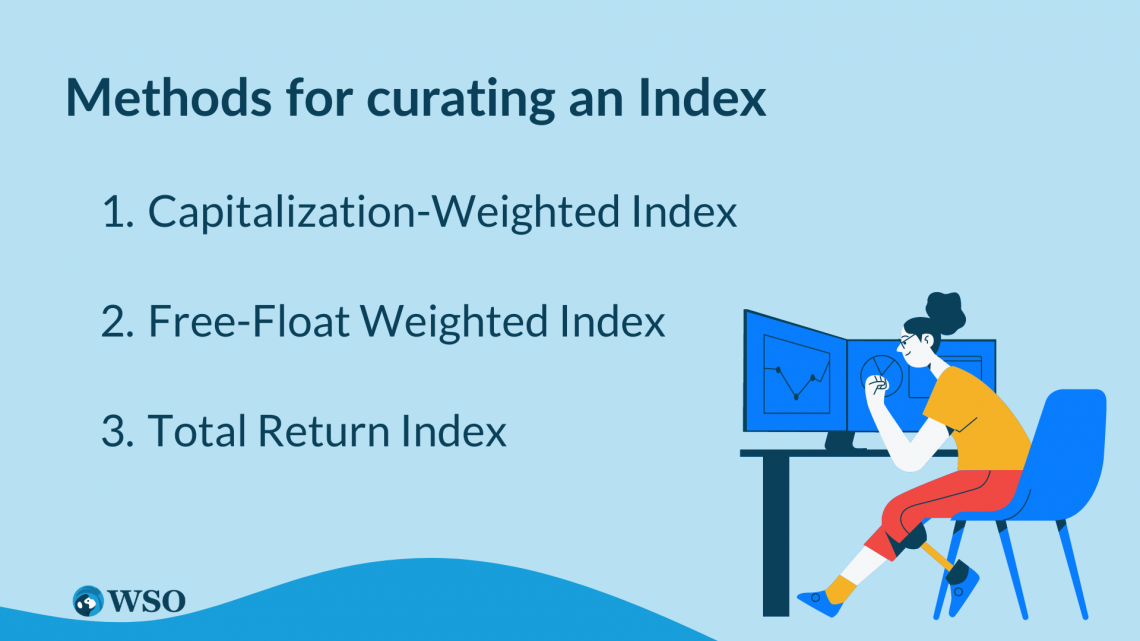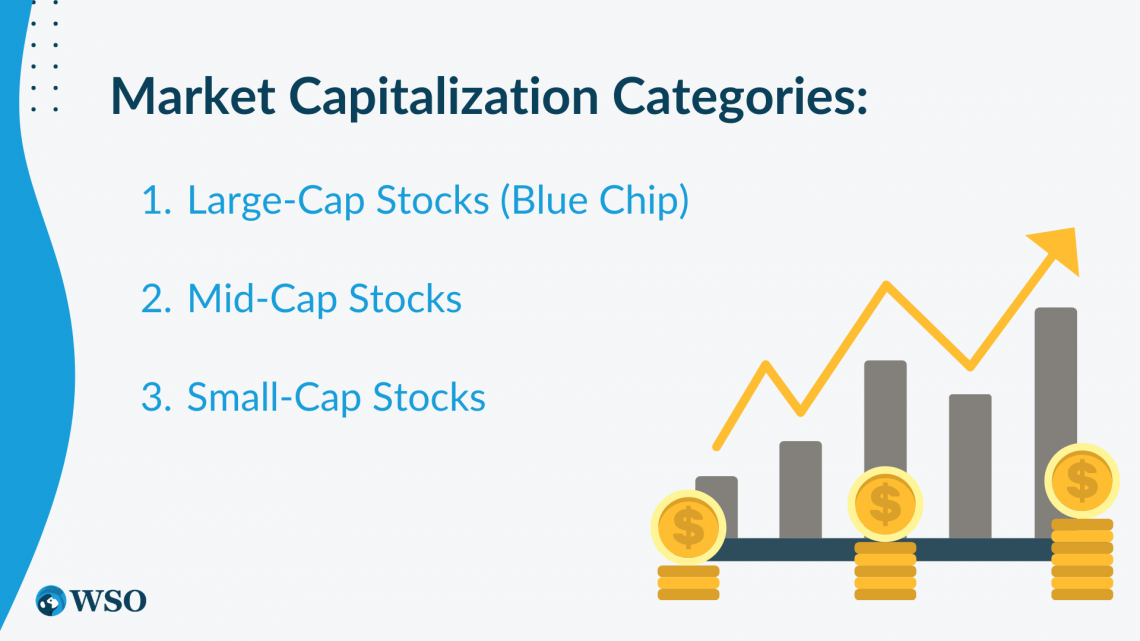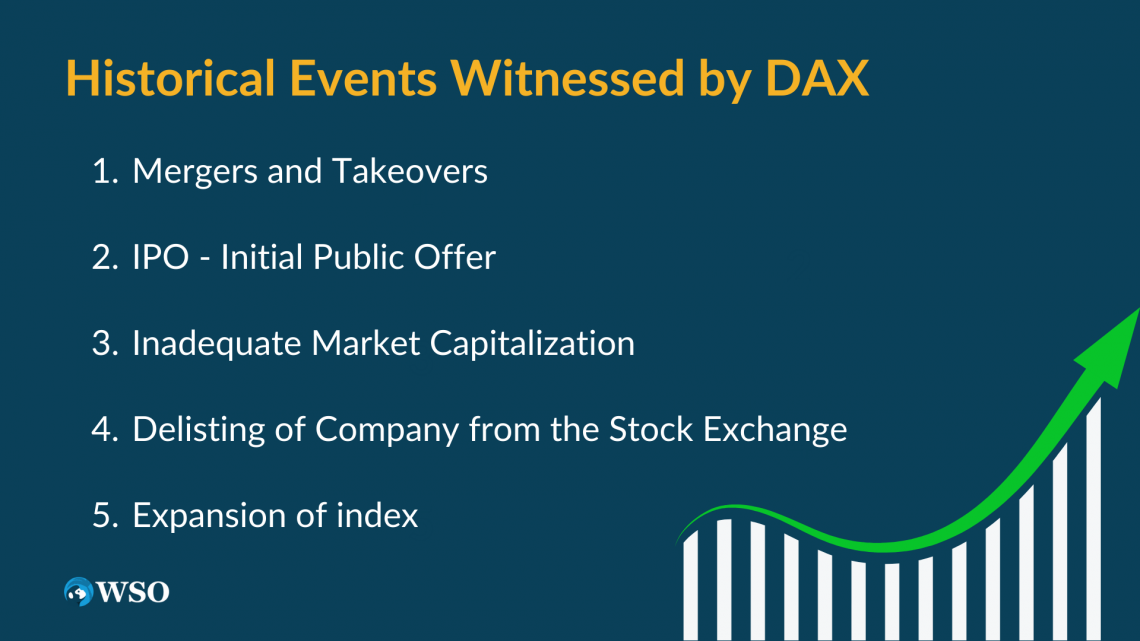DAX Stock Index
An index that measures the volatility of the share prices of its constituent companies.
What Is the DAX Stock Index?
Germany is the fourth largest economy in the world and the largest economy in Europe. So, such an economy can increase economic growth because it comprises a high-yielding multi-corporation ecosystem.

Such top and most valuable companies are included in the German Stock Index called the DAX Stock Index (or GER40).
GER40 is an index that measures the volatility of the share prices of its constituent companies. This index currently comprises the top 40 most valuable companies in Germany and also multinational companies.
These companies play a significant role in many macroeconomic dimensions of the German economy by making huge value additions.
The GER40 is a stock index that comprises the major blue-chip stocks of the German stock exchange.
DAX stands for Deutscher Aktienindex, which translates as German Stock Index. The index is formed by considering the top 40 companies arranged according to their market cap. These blue chip stocks are traded on the Frankfurt Stock Exchange.
This index entirely shows the trend of the 40 blue chip stocks of the Frankfurt Stock Exchange. It is based on market-capitalization methodology and is also a total return index.
The prices prevailing at the Frankfurt Stock Exchange are facilitated through Xetra. It is a trading system that electronically communicates the stock prices at the stock exchange. These prices are then used to determine the index.
Key Takeaways
- DAX Stock Index (GER40) is the German Stock Index, representing the top 40 most valuable companies in Germany.
- It is calculated using the free-float capitalization method and is traded on the Frankfurt Stock Exchange through the electronic trading system Xetra.
- GER40 comprises companies from diverse industries, providing a comprehensive view of the German economy.
- GER40 started with a base value of 1000 in the late 1980s and has experienced significant growth, reaching over 14000 points. To be included in GER40, a company must meet specific requirements.
Understanding GER40 Index
GER40 is an index by which the fluctuation in the share price of the top 40 companies in Germany is measured. This volatility of all 40 stocks is shown as one figure, i.e., an overall depiction of the market sentiments regarding these stocks.

An index is formed by various methods. The most common method for curating an index is the capitalization-weighted method. GER40 is a sub-part of this method called the free-float capitalization method. Let's take a look at some of the methods for curating an index:
1. Capitalization-Weighted Index
The stocks are arranged and weighted according to their market capitalization. As the share price changes, the company's market cap varies, leading to index changes.
2. Free-Float Weighted Index
This method is a type of cap-weighted index. Under this method, we do not consider total shares outstanding for calculating market cap. Still, we take the shares held with the general public and not with institutional investors, government, etc. DAX is calculated by this method.
For example - Out of 100% of the holding of a company, 65% is held by the promoters, employees, government, etc., and the general public holds the remaining 35%.
Now, for calculating the index by this method, the market cap is calculated by considering the market cap calculated through the stock's free float and the current price per share.
3. Total Return Index
This index measures the performance of its constituent stocks by tracking their price movements and assuming that the entire cash is reinvested into the business.
What is Market Capitalization?
It has been said multiple times that GER40 comprises blue-chip large-cap stocks. What does that really mean?

We first need to understand what market capitalization means to interpret this.
The total value of an entire business in the market is called market capitalization. For example, suppose you are a sole proprietor of a business, and you don't have any partners or shareholders; you take the entire profit home.
The formula for Market Capitalization is
Market Capitalization = Total Number of Shares Outstanding * Market Price per Share
This means there is one share in your business that belongs only to you. Now to compute the price of the business, we need to ascertain the market price of the share that you possess, say, $100.
Hence, the market cap of your company is
$100 = $100 per share * 1 share
For another example, we have 3 shareholders in the company, Mr.X holds 2 shares, Mr. Y holds 5 shares, and Mr. Z holds 3 shares. So, the total shares are 10, and the current market value per share is $150.
Now, the market cap will be $1500;
$1500 = 10 shares * $150 per share
So, it can be interpreted that the market cap is the current value of the company, calculated by multiplying the price per share and the total number of shares.
Market Capitalization categories
Market Capitalization can be categorized into 3 parts:

1. Large-Cap Stocks(Blue Chip)
Large-cap stocks are companies that have huge financial strength. These are well-reputed businesses or conglomerates with massive distinctive capabilities and resources.
These are famous brands whose products are used by people regularly. These companies possess a quantum of wealth and are well-known worldwide, also called Blue chip companies.
Companies like SAP, Deutsche Telekom, Siemens, Porsche, Volkswagen, Mercedes-Benz, BMW, etc., are blue-chip companies.
2. Mid-Cap Stocks
These are the stocks/companies which are generally smaller in size than the large caps but are much bigger than the small ones.
These companies are on a quest to grow into large-cap companies. They are setting a stage for maturity in terms of business and also the volatility in the business.
Examples of such companies are: Aixtron, Scout 24, K+S, etc.
3. Small-Cap Stocks
These companies are smaller in size and resources. They are newly established businesses aiming to gain more presence in the market.
The stocks of these companies are the most volatile and hence possess high BETA.
Understanding the DAX Stock Index
As discussed above, Xetra is an electronic trading system that not only gets the share prices of different stocks but also calculates the index every second.

Deutsche Börse is a joint stock company that is primarily an operator for the Xetra trading system. It says that GER40 comprises only Prime Standard companies.
What do we mean by Prime Standard?
Prime Standard contains well-reputed companies, follows clean accounting and audit practices, and complies with all the transparency standards, rules, and regulations.
A combination of such companies from different industries is put together, which forms the GER40.
The GER40 started with a base value of 1000 in 1987-88. The Xetra came into effect on the 1st of January, 2006. It is most often confused by investors that the index represents the economy as a whole.
This is an invalid argument, as the index comprises 40 major companies, which does not reflect the entire economy in a true sense. Also, an economy is formed through a huge number of small businesses and a small number of large businesses.

This historical chart of the GER40 showcases its growth over the period of more than 3 decades. It started from 1000 points and is today at more than 14000 points, more than 1000% absolute return.
This was possible due to strong growth by the companies in the GER40. This index is known worldwide and helps foreign investors inject money by investing in Germany.
Note
GER40 has foreign equivalent indices such as S&P 500 and Dow Jones Industrial Average, Nikkei 255, FTSE 100, etc.
Historical Events Witnessed by DAX
The German Stock Index has encountered many events over the 3 decades, such as inadequate market-cap of constituents, new insolvency rule, the merger of constituents, scandals, delisting, increase in the number of companies from 30 to 40, etc.

There is no annual reconstitution of the index, as major changes occur now and then.
1. Mergers and Takeovers
Many corporate entities have either been merged into other companies, absorbed by other companies, or taken over smaller businesses.
The first change in GER40 occurred in 1990 when Stora Enso took over Feldmühle Nobel. Because of this takeover, Feldmühle Nobel could not meet the index requirement, so it was excluded from the index. In place of that, Metallgesellschaft was included in GER40.
Over the years, many M&A transactions reshaped the index.
2. IPO - Initial Public Offer
In 1996, the IPO of Deutsche Telekom came up, which replaced Metallgesellschaft. This was the first time an exclusion from the index was made due to an IPO.
This means the market-cap size of Deutsche Telekom was much more than the excluded company.
3. Inadequate Market Capitalization
This was the most common phenomenon witnessed in this index. Many stocks were excluded from the index because their market cap had fallen below the mark of the market cap of the 40th company on the index. Hence, these were excluded from the index.
4. Delisting of Company from the Stock Exchange
It is obvious that if a company is delisted (removed from the exchange), it won’t be reflected on the index as it does not exist on the exchange.
This happened in February 2023 when Commerzbank was included, and Linde was excluded from the index. Linde was delisted from the Frankfurt Stock Exchange.
5. Expansion of index
On 20 September 2021, GER40 was expanded from 30 to 40 stocks. 10 new stocks were added to the index.
Methodology for Calculating DAX
The DAX consists of blue-chip stocks, which are very well-reputed. Thus they possess the highest liquidity in their day-to-day trading.

These stocks are safer as compared to the highly volatile small-cap and mid-cap.
For an organization to get included in the index, it has to meet the subsequent requirements:
- The company has to be publicly traded on the Frankfurt Stock Exchange.
- There must exist constant trading on the electronic platform Xetra.
- The company's free float must be more than 10% of the entire shares outstanding in the market. A company's free float is the number of shares available with(or for) the general public.
- The publication of all the financial results on time.
- The legal Headquarters of the company must be in Germany.
The index and its constituents are reviewed quarterly, and changes are made per the methodology. The index is based on the free-float market-capitalization index method.
There are many rules which a company should follow to get itself included in the index.
GER40 is an index made up of well-diversified industries. It also covers around 3/4th of the total market cap of the stock exchange.
Note
A capping factor of 10% has been placed on the index's components, meaning no component will have a weightage of more than 10%.
DAX Stock Index FAQs

CDAX is an index that comprises all the stocks listed on the Frankfurt stock exchange. It does not have any criteria for inclusion in it, but the company must be listed.
MDAX is an index that has the next 50 companies after DAX. These companies are mid-cap stocks, as the “M” specifies Mid-Cap.
SDAX is an index generally with small-cap stocks and the next 70 companies after MDAX. The “S” specifies small-cap.
HDAX is an index that is a mixture of DAX, MDAX, and TecDAX. It is also a successor of DAX100.
The DAX has earned moderate returns over a period of 10 years, 20 years, and since inception.
It earned 7.28% CAGR from 2013-2023, 9.35% CAGR from 2003-2023, and 9.38% CAGR from 1988-2023.
The German economy has grown extremely well over the years and now stands as one of the top global economies.
The European economy plays a significant role in shaping all of its economies, with Germany at the top. Germany has increased the scale of its economy by promoting the establishment of businesses through which more money is pumped into the economy.
GER40 has tracked all such top businesses contributing to the growth of the German economy. Hence, this index has always been very important in tracking the growth of such top contributors to the German economy.




or Want to Sign up with your social account?